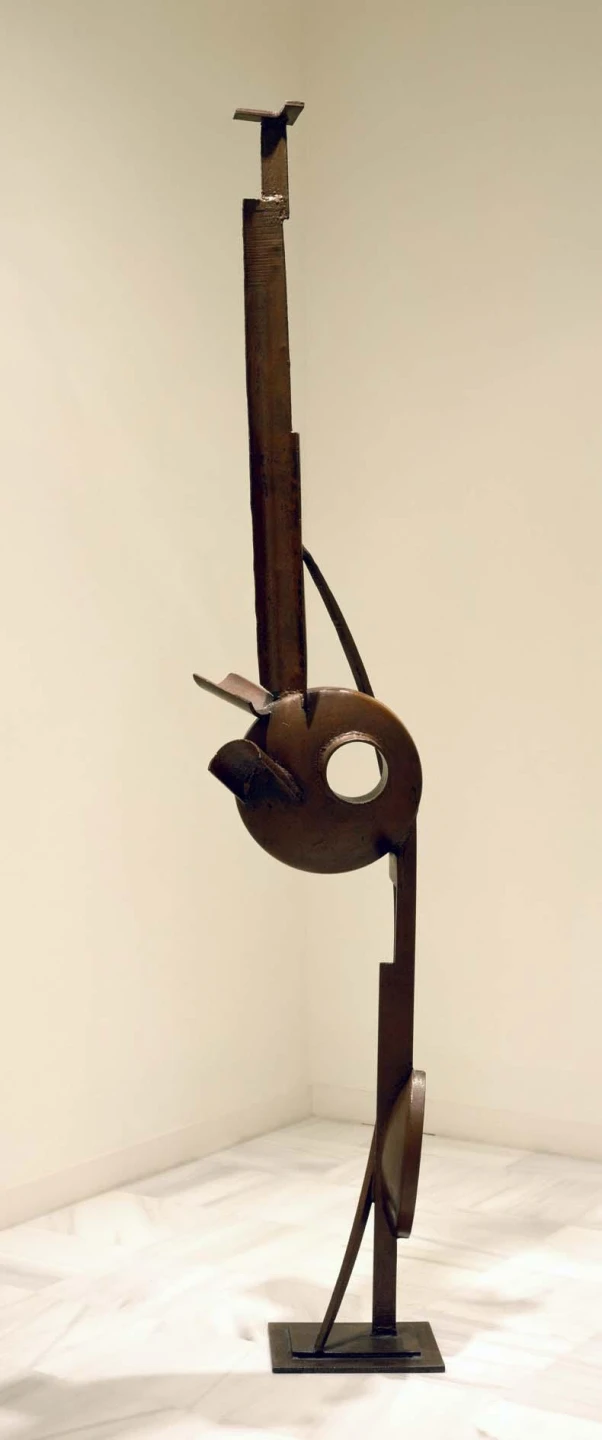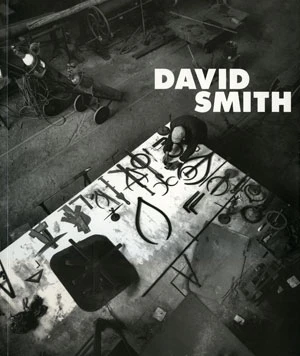David Smith. 1906-1965

<p></p>
The combined works of Pablo Picasso and Julio González published in 1928 in Cahiers d'Art, reveal the possibility of iron and steel as artistic materials. From there and because of their constructive approach -he declares that "we spring from Cubism"- Smith decides on, from the mid-thirties, a sculpture that rejects a monolithic tradition and the academic notion of axial force, which is closed in itself. His bet is therefore on transparency, verticality and weightlessness. While dwelling on the idea of transparency, the artist disrupts the idea of form as contour, he does not differentiate between inside and outside and lends the sculpture optical value, declaring, according to art critic Rosalind Krauss, that it is on the surface where "the points of maximum visual activity are concentrated." On another note, Smith accepts the notion of drawing in a Picasso / González space, with constructive value, aimed at the inclusion of his work in the profile of nature, as evidenced by the photographs of the field of sculptures created in Bolton Landing.
Smith's work shows, until the fifties, influences by Joan Miró, Alexander Calder and Alberto Giacometti in the iconographic and in the processes and techniques he uses. An example can be seen in Interior (1937). In addition, Smith was influenced by the sculptures of assembled objects typical of Picasso, evident in Saw Head (1933). But it is Smith’s main reference, Julio González, who influences his autogenous welding for pieces such as Aggressive Character (1947). This explains why one of the axes of the exhibition is to note the way in which Smith outgrows González’s lessons.
On the other hand, Smith quickly finds references for his Amerindian primitive art sculpture in hand-made and religious crafts as well as in the models and industrial materials. With the Tanktotem and Sentinels series he begins his shift towards a sculpture based on the principles of monumentality, verticality and a balance between weight and volume. With Cubic and Zig as well as the Voltri, Smith insists on exploring the behaviour of sculpture in space. Because of these works and ideas he becomes the reference for the next generation of sculptors such as Anthony Caro, Donald Judd and Carl André and the minimalist practices.
Artists
Artists
IVAM, Centre Julio González, Valencia (January 18 - March 31, 1996)
Organised by
Museo Nacional Centro de Arte Reina Sofía and IVAM Instituto Valenciano de Arte Moderno, Valencia
Image gallery

Itinerary
Instituto Valenciano de Arte Moderno
18 January, 1996 - 31 March, 1996
Museo Nacional Centro de Arte Reina Sofía, Madrid
23 April, 1996 - 1 July, 1996
